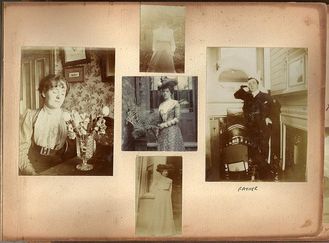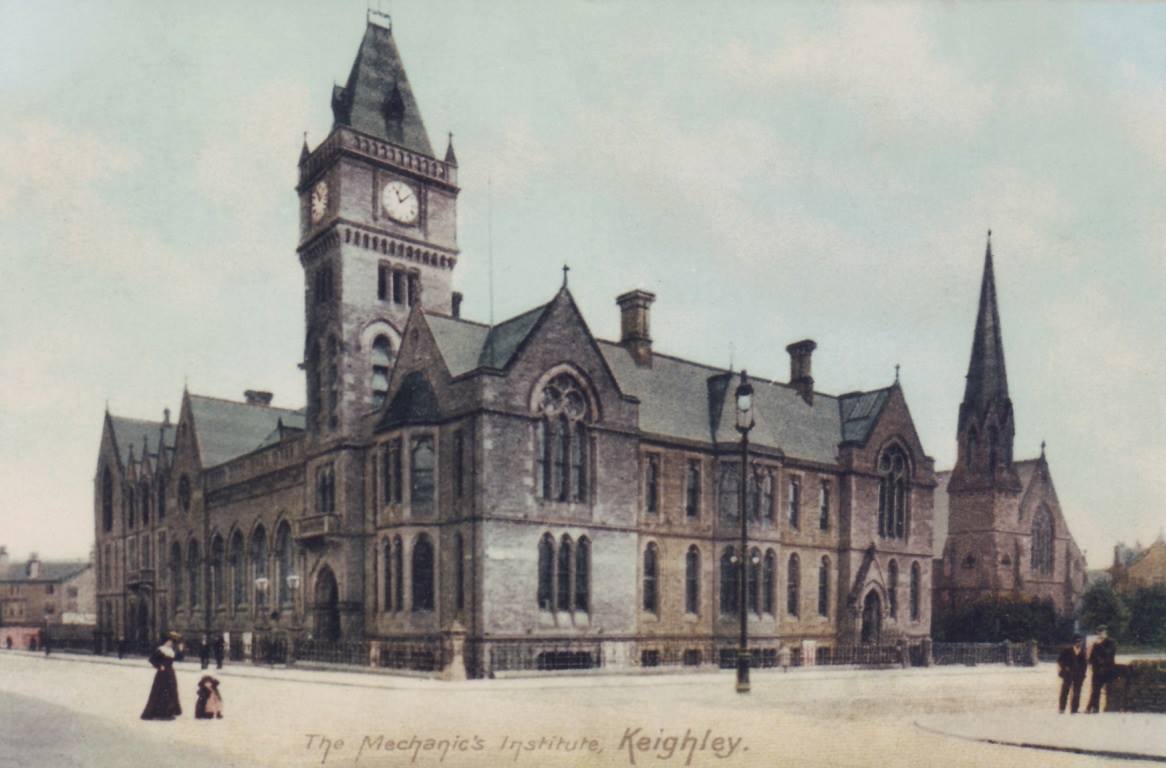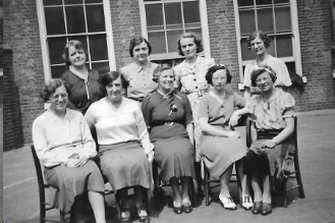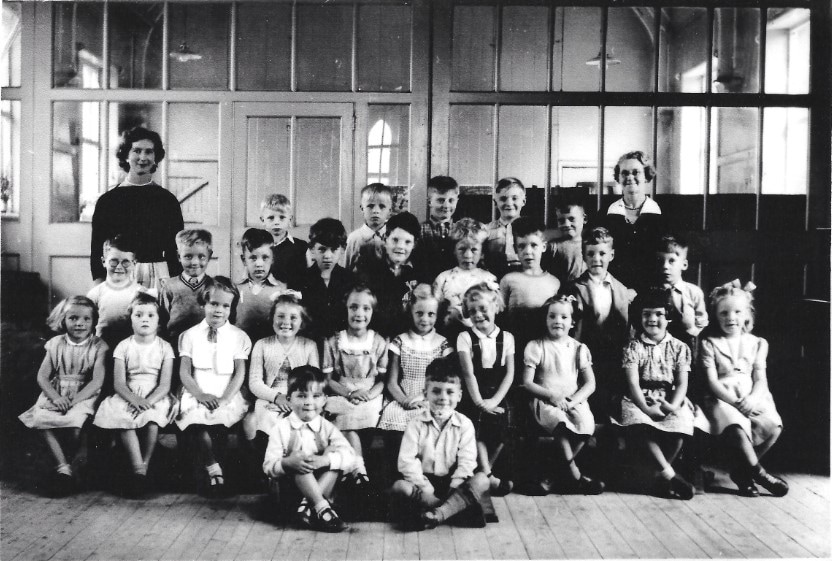| Get your genealogy year off to a great start with Family Tree magazine’s guide to organising and preserving your family tree documents and memorabilia. No matter what stage you’re at with your family history research, you’re likely to have amassed a collection of photos, certificates and other memorabilia relating to your ancestors, particularly if relatives see you as the custodian of family heirlooms. |
A good way to stay on top of your family tree paperwork is to start a research log – an ongoing document which shows you which records you’ve consulted, preventing you from duplicating your research.
To be super organised, have a separate binder for each surname on your tree, containing a copy of your family tree, record sheets for each individual ancestor of that name, and other information such as newspaper cuttings and photographs.
Always use acid-free archive quality filing materials, to give your records long-term protection.
2. Caring for heirloom paperwork
Your precious original documents such as BMD records, certificates for school and professional qualifications and service records, are the foundation of your research which you’ll hopefully pass onto the next generation.
Acid-free storage materials such as those used by record offices and archives are available from family history supply companies for home use. Archive-quality files, folders and dividers can be used to store important or irreplaceable documents.
3. Storing family history treasures
Wrap mementoes such as family Bibles or diaries in acid-free tissue paper before storing in an archive box. Smaller archive boxes can be used for items such as medals, jewellery, postcards and diaries.
Use sulphur-free boxes for photos not stored in an album, and to prevent damage, don’t use stick labels on the back; write names and dates with a soft lead pencil instead.
Top tips for long-term storage
- Store newsprint items separately as they can damage other paper
- Use acid-free tape if documents need repairing
- Keep your records at a stable temperature and humidity – attics and cellars are oten too damp for the long-term storage of heirloom items
- Keep items protected from light and dust
Discover more about caring for archive material as Family Tree magazine goes behind the scenes at a local archives, to discover how local heritage heroes care for the records they hold. Find out more at Family Tree’s website.




 RSS Feed
RSS Feed
